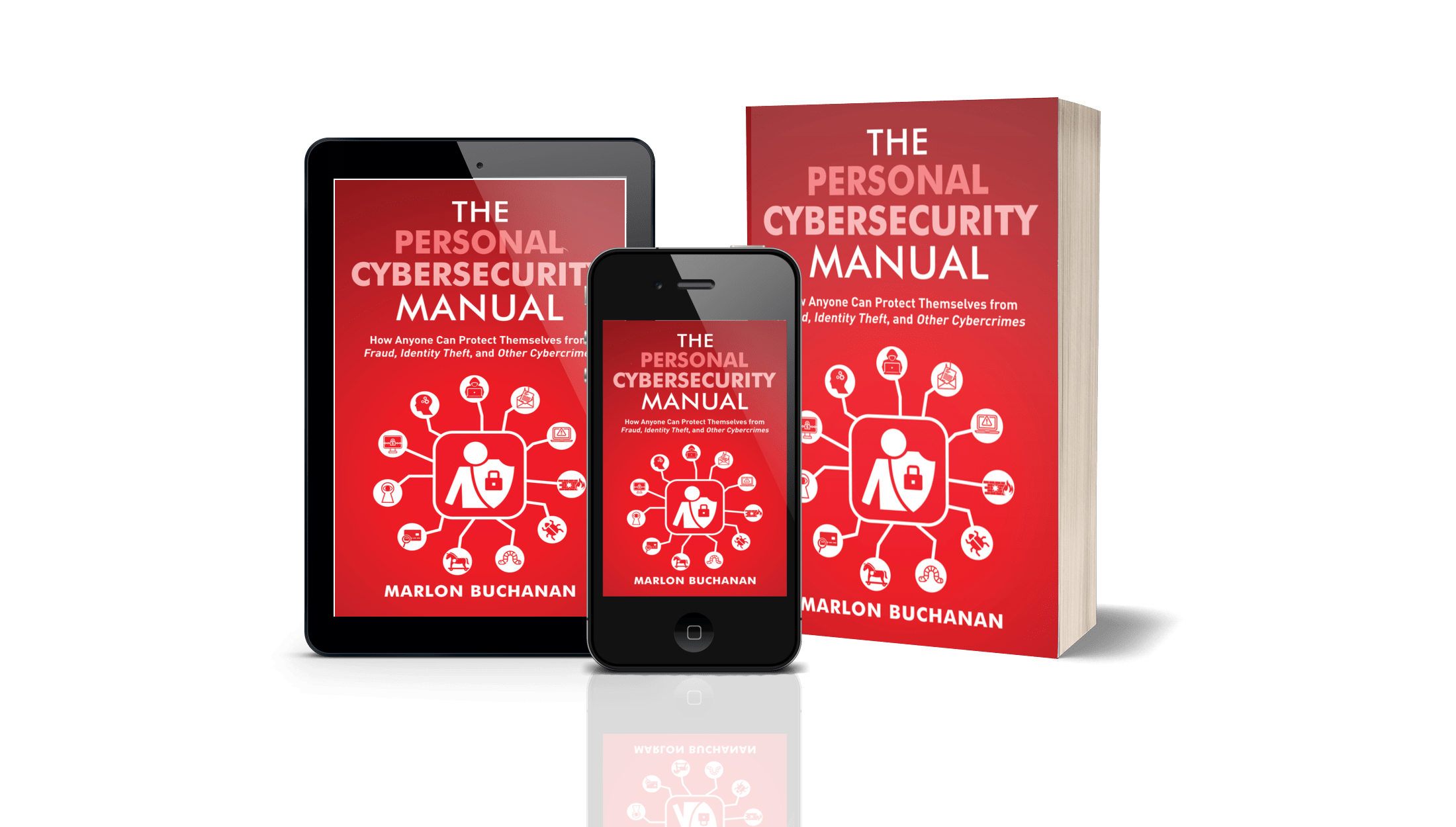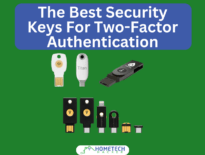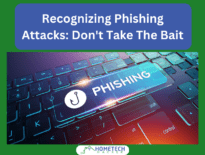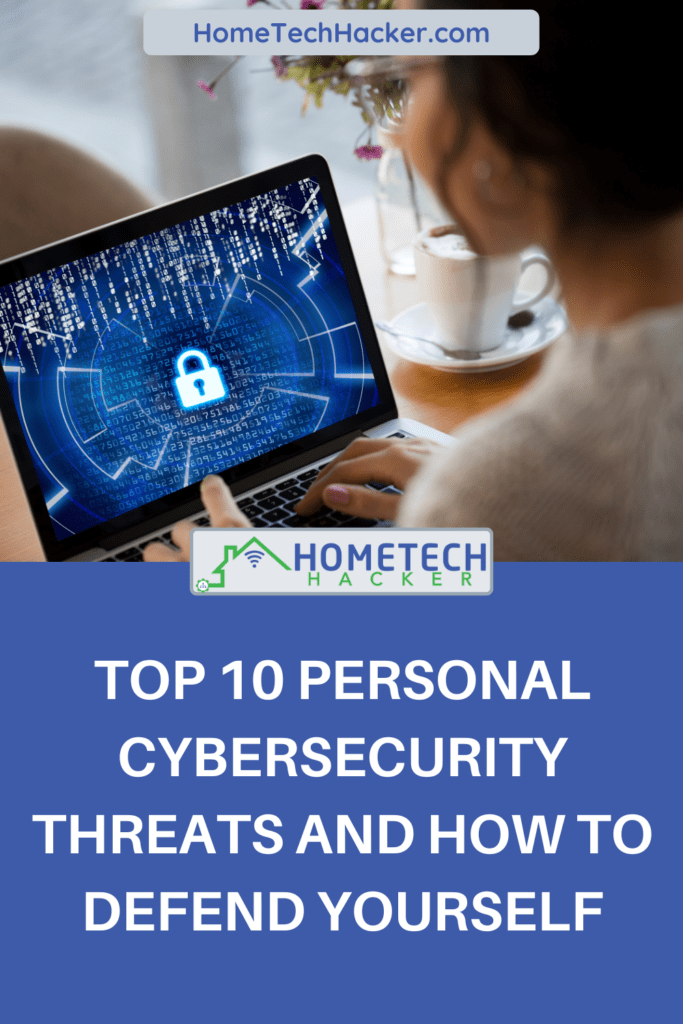
In today’s digital age, personal cybersecurity has become more crucial than ever. With the increasing reliance on technology, individuals and families face a myriad of cybersecurity threats that can compromise their devices, home networks, privacy, identity, and data. In this article, we’ll explore the top ten personal cybersecurity threats and provide actionable tips and pointers to resources on how to safeguard yourself and your loved ones from these potential dangers.
This page contains affiliate links. If you purchase an item using an affiliate link I will receive a small commission at no cost to you. Affiliates do not influence my recommendations. Read my disclosures for more information.
1. Phishing Attacks

Phishing attacks are one of the most common threats individuals face. Cybercriminals use deceptive emails, messages, or websites to trick users into revealing sensitive information, such as passwords or financial details.
To protect yourself, avoid clicking on suspicious links, be cautious of unsolicited messages, and verify the legitimacy of websites before providing any personal data. Also, two-factor authentication is a good protection against some phishing attacks.
2. Malware and Ransomware

Malware and ransomware are malicious software designed to infiltrate and harm devices or networks.
Install reputable antivirus software, regularly update your operating systems and applications, and avoid downloading files from untrustworthy sources to mitigate these threats. Here are 7 additional ways to protect your home network and devices from malware and ransomware.
3. Weak Passwords
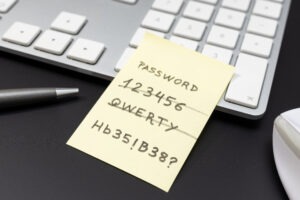
Weak passwords are an open invitation to cyberattacks. Strengthen your security by using long and unique passwords for each account, incorporating a mix of letters, numbers, and symbols. Another password technique is to use a long hard-to-guess but easy-to-remember phrase.
Also, consider using a password manager to keep track of your login credentials securely.
4. Public Wi-Fi Vulnerabilities

Public Wi-Fi networks are often unsecured, making users vulnerable to cybercriminals. Avoid accessing sensitive information while on public Wi-Fi, use a virtual private network (VPN) for added protection, and consider using your mobile data when security is paramount.
5. Social Engineering
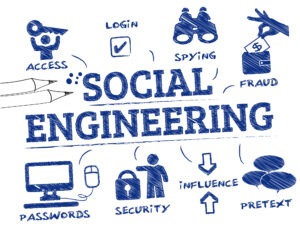
Social engineering involves manipulating individuals into divulging confidential information. Be cautious of unsolicited phone calls, messages, or requests for personal details, especially from unknown sources.
Never give out personal information to someone who calls you.
6. Internet of Things (IoT) Vulnerabilities

Smart devices connected to your home network can be exploited by cybercriminals.
Change default passwords on IoT devices, update their firmware regularly, and segment your network to limit vulnerabilities. Here is how I protect my home network from IoT device hacking.
7. Data Breaches
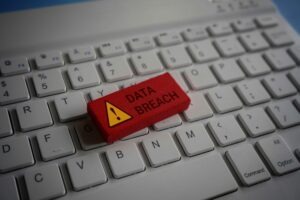
Data breaches can expose sensitive information, leading to identity theft or financial loss. Stay informed about data breaches through reputable sources, and promptly change passwords on affected accounts.
Here are some additional tips to protect yourself from data breaches.
8. Identity Theft
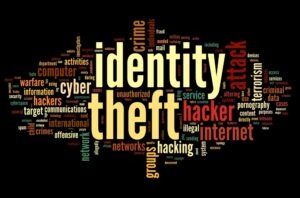
Identity theft occurs when someone gains unauthorized access to your personal information and assumes your identity for malicious purposes. Monitor your financial accounts regularly, avoid oversharing personal information online, and freeze your credit if needed.
9. Online Scams and Fraud
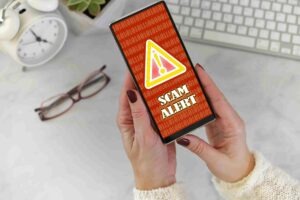
Be vigilant against online scams, such as fake tech support calls or fraudulent online shopping websites. Verify the legitimacy of websites and sellers, and use secure payment methods when making online purchases.
10. Social Media Oversharing

Oversharing on social media can expose sensitive details and make you vulnerable to targeted attacks. Adjust your privacy settings, be mindful of the information you share publicly, and limit connections to people you trust.
Final thoughts about the top 10 personal cybersecurity threats
Personal cybersecurity is a shared responsibility, and understanding the top threats is the first step in safeguarding yourself and your family. By implementing the recommended tips and best practices, you can fortify your devices, home networks, privacy, identity, and data against cyberattacks.
If you are looking to learn how to comprehensively protect yourself from cyberattacks and cybercriminals of all kinds be sure to check out my bestselling and highly-rated book, The Personal Cybersecurity Manual. Or if you prefer an online course that teaches you everything step by step, enroll in my Personal Cybersecurity Protection Course.
Stay informed, stay vigilant, and prioritize your personal cybersecurity to navigate the digital world safely and confidently.
Interested in supporting HomeTechHacker?
Have you found the content on this site useful? If so, are you interested in supporting me and this site? There’s no obligation of course, but I would really appreciate any support you can give. Below are a few ways you can show support:
- Share this site with your friends and on social media (use the sharing links at the end of this page for your convenience)
- Subscribe to this site
- Purchase one of my books, The Personal Cybersecurity Manual, The Home Network Manual or The Smart Home Manual, for yourself or as a gift
- Put a link to HomeTechHacker on a site you have access to. Be sure to let me know about it!
- Enroll in HomeTechHacker Academy for free and premium online home technology courses.
- Reach out to me via my contact page or Twitter and let me know something I should write about
- Shop at Amazon through my affiliate links and ads on these pages. See my disclosures for more details about affiliate links. You can also just shop from one of the links below:
- HomeTechHacker Shop: This is a listing of products that I use, have reviewed, and that I recommend
- HomeTechHacker Technology Advisor: This suite of tools will give you customized home technology product recommendations based on your needs
- My Amazon affiliate link: Just click on this link to go to Amazon and shop
Thank you! I really appreciate it!

